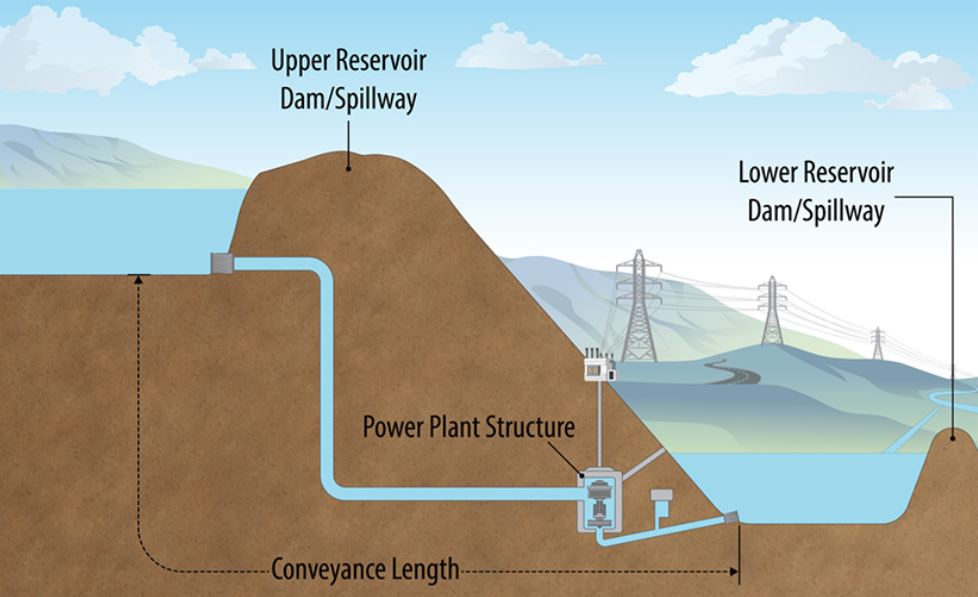NREL has created a cost-estimation tool that evaluates the potential construction and labour costs associated with closed-loop PSH plants in the United States.
The tool allows operators to select from a range of system characteristics, accounting for factors such as local geology, labor rates and inflation. NREL said it could help grid planners to provide an accurate picture of how many PSH facilities could reasonably be built over the coming decades and how they could work together with batteries.
“Pumped storage hydropower is maybe the most promising energy storage solution we have to achieve the huge ramp up needed to achieve a clean electricity sector,” said NREL researcher Daniel Inman.
PSH is the biggest source of grid-scale energy storage capacity in the United States, accounting for around 96% in 2022, according to the US Department of Energy. But NREL said few new pumped storage hydropower facilities have been built since the 1970s, partly due to high upfront costs.
Closed-loop PSH systems, which are separated from naturally flowing waterways, are the favored option today as they are more environmentally friendly. NREL said that due to gaps in the construction of pumped storage facilities, it has been difficult to predict how much closed-loop facilities might cost.
Popular content
“This tool allows potential project developers to get a ballpark figure for what a particular facility might cost,” Inman explained. “And a more realistic cost estimation would allow us to develop capacity expansion modeling results that are more realistic.”
Last week, NREL released a high-resolution solar data set covering Africa, Eastern Europe and the Middle East on its Renewable Energy Data Explorer tool.
In February, researchers from Australian National University published a global atlas for potential PSH sites in former mining areas.
This content is protected by copyright and may not be reused. If you want to cooperate with us and would like to reuse some of our content, please contact: editors@pv-magazine.com.


2 comments
By submitting this form you agree to pv magazine using your data for the purposes of publishing your comment.
Your personal data will only be disclosed or otherwise transmitted to third parties for the purposes of spam filtering or if this is necessary for technical maintenance of the website. Any other transfer to third parties will not take place unless this is justified on the basis of applicable data protection regulations or if pv magazine is legally obliged to do so.
You may revoke this consent at any time with effect for the future, in which case your personal data will be deleted immediately. Otherwise, your data will be deleted if pv magazine has processed your request or the purpose of data storage is fulfilled.
Further information on data privacy can be found in our Data Protection Policy.